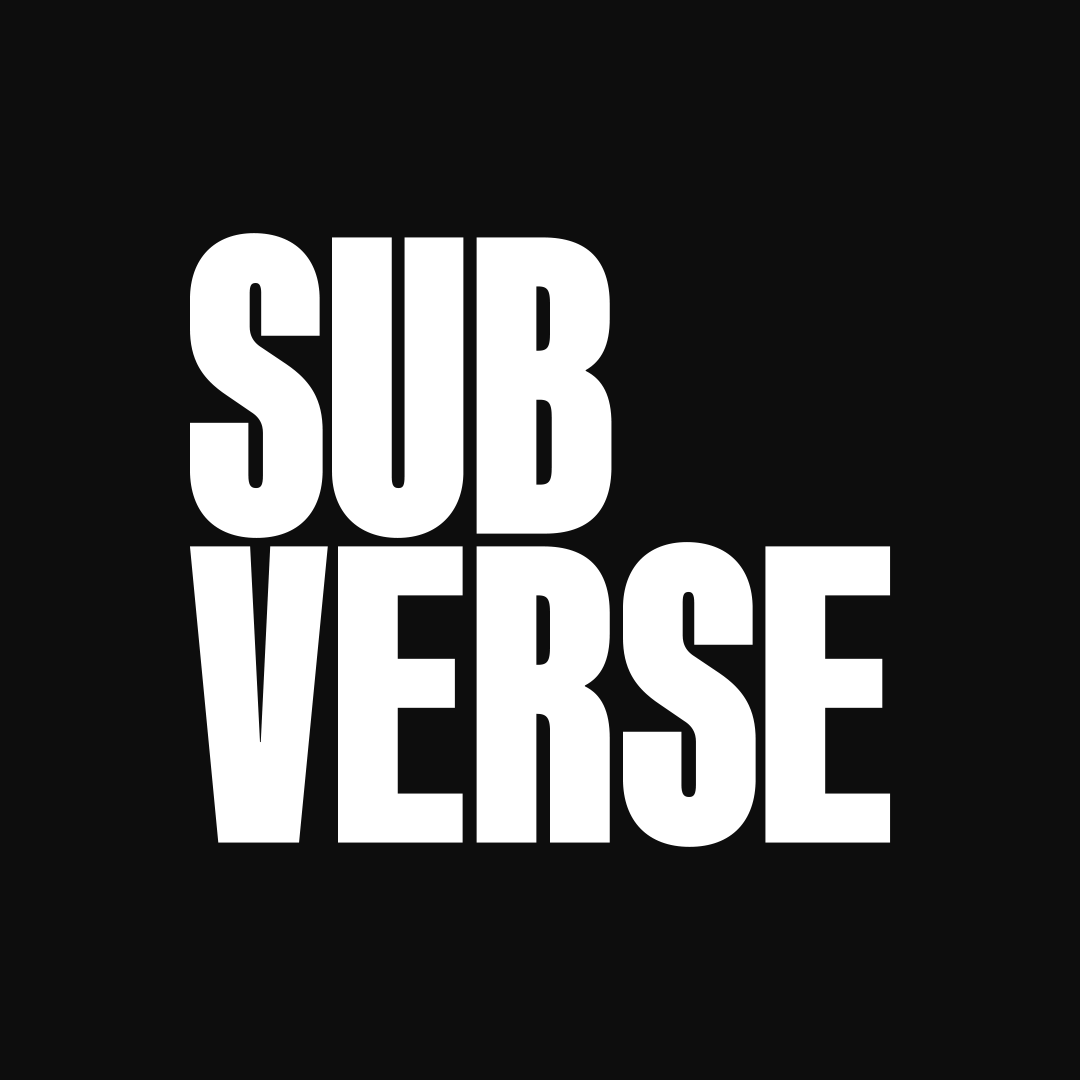Modern physics is often painted as a battleground, a clash of competing theories vying for dominance. Whether it’s the question of whether the universe is finite or infinite, or whether space itself is continuous or discrete, there’s an underlying sense that only one answer can win. But does this competitive approach serve the pursuit of truth? Or does it hinder progress by forcing scientists to take sides when the real answers may be far more nuanced?
As we stand on the precipice of a deeper understanding of the cosmos, it’s worth questioning whether our approach to science itself needs a paradigm shift. Rather than seeing competing theories as mutually exclusive, what if we allowed them to coexist as complementary perspectives? What if the goal wasn’t to be “right” but to explore multiple paths toward understanding? This article examines how modern physics handles fundamental questions, why the rivalry between finite and infinite models might be holding us back, and how a new approach to discovery could transform our understanding of the universe.
Why Science Often Feels Like a Competition
Science is meant to be an exploration of truth, yet it is often shaped by human tendencies toward competition, funding battles, and prestige. Some of the most famous rivalries in science—from Newton vs. Leibniz to Einstein vs. Bohr—have shaped our understanding of physics, but they’ve also reinforced the idea that theories must “defeat” one another.
Today, this competitive mindset persists. Theoretical physics is divided into camps: proponents of string theory and loop quantum gravity, advocates of a finite universe versus those who argue for infinity. The prevailing notion is that one must be correct while the other must be wrong. Yet history shows that scientific progress is rarely a straight path from one correct answer to another. More often, theories that were once seen as rivals eventually merge into a more complete understanding.
For example, Newtonian mechanics was long considered the definitive description of motion—until Einstein’s relativity showed that it was only an approximation for low-energy scenarios. Instead of discarding Newton’s laws, physics absorbed them into a broader framework. Could the same be true for today’s fundamental debates?
The Finite vs. Infinite Universe Debate: A Necessary Divide?
One of the biggest open questions in physics is whether the universe is finite or infinite. On the surface, this seems like a binary question—either space goes on forever, or it doesn’t. But beneath that simplicity lies a host of complex implications.
A finite universe suggests that space and energy are constrained, that there’s a total, quantifiable amount of everything. This idea aligns with some interpretations of cosmology, particularly models where the universe has a curved geometry, leading it to be closed and self-contained.
On the other hand, an infinite universe suggests that space extends forever, possibly containing an infinite amount of energy and matter. This perspective is bolstered by observations suggesting the universe is spatially flat, which would be consistent with infinity—though not necessarily proof of it.
Which is correct? The reality is that we don’t yet know, and more importantly, both perspectives could provide useful insights. A finite universe might explain constraints in energy and fundamental length scales, while an infinite one might be necessary for certain quantum interpretations. The problem arises when physicists feel pressured to take sides rather than explore the merits of both.
The Planck Scale: Where Physics “Breaks Down” or Where It Begins?
One of the most commonly cited reasons for exploring physics beyond current models is the idea that theories like general relativity and quantum mechanics “break down” at the Planck scale, where distances are so small (~\(10^{-35}\) meters) that spacetime itself is thought to become dominated by quantum effects.
But what does it mean for a theory to “break down”? Does it truly stop working, or does it simply reach a point where it hands off to another framework? Consider how classical mechanics “broke down” when relativity and quantum mechanics emerged—it wasn’t that Newton’s laws became useless, but rather that they were limited to certain conditions. The same may be true of relativity and quantum mechanics when they approach the Planck scale.
Some theories suggest that instead of breaking down, spacetime may become discrete at the Planck length, much like how digital images are made up of individual pixels. Others propose that space and time themselves emerge from deeper principles, such as quantum entanglement or information theory.
Rather than assuming sub-Planck physics is necessary, a more interesting question might be: is the Planck scale the ultimate limit, or is it just where we need a new perspective?
Shifting the Scientific Mindset: Parallel Exploration Over Competition
If physics is to advance in a way that embraces multiple perspectives, we may need a shift in how research is approached. Instead of forcing scientists to choose sides in debates like finite vs. infinite or continuous vs. discrete space, we should encourage parallel exploration.
Consider an alternative model: instead of treating competing theories as rivals, we view them as different lenses through which reality can be understood. Just as quantum mechanics and relativity both describe nature correctly in their respective domains, it’s possible that seemingly opposed theories today could be part of a larger framework.
This means fostering a culture where physicists feel free to investigate multiple possibilities without feeling pressure to declare one model the “winner.” It means funding agencies supporting both sides of fundamental debates instead of favoring one paradigm. And it means recognizing that true breakthroughs often come when different perspectives merge, rather than when one side dominates.
Where Do We Go from Here?
Physics is at an inflection point. We have powerful theories that work exceptionally well in their domains, yet we lack a unifying framework that connects them all. The question isn’t just whether space is finite or infinite, or whether time has a beginning or is cyclic—it’s whether we are asking the right questions in the first place.
Perhaps the greatest breakthrough won’t come from proving one theory right and another wrong, but from recognizing how they inform each other. Instead of thinking of physics as a competition where only one side prevails, we should embrace the idea that different models might all contain pieces of the truth.
What if the next great discovery isn’t about choosing a side, but about finding the connections between them?

